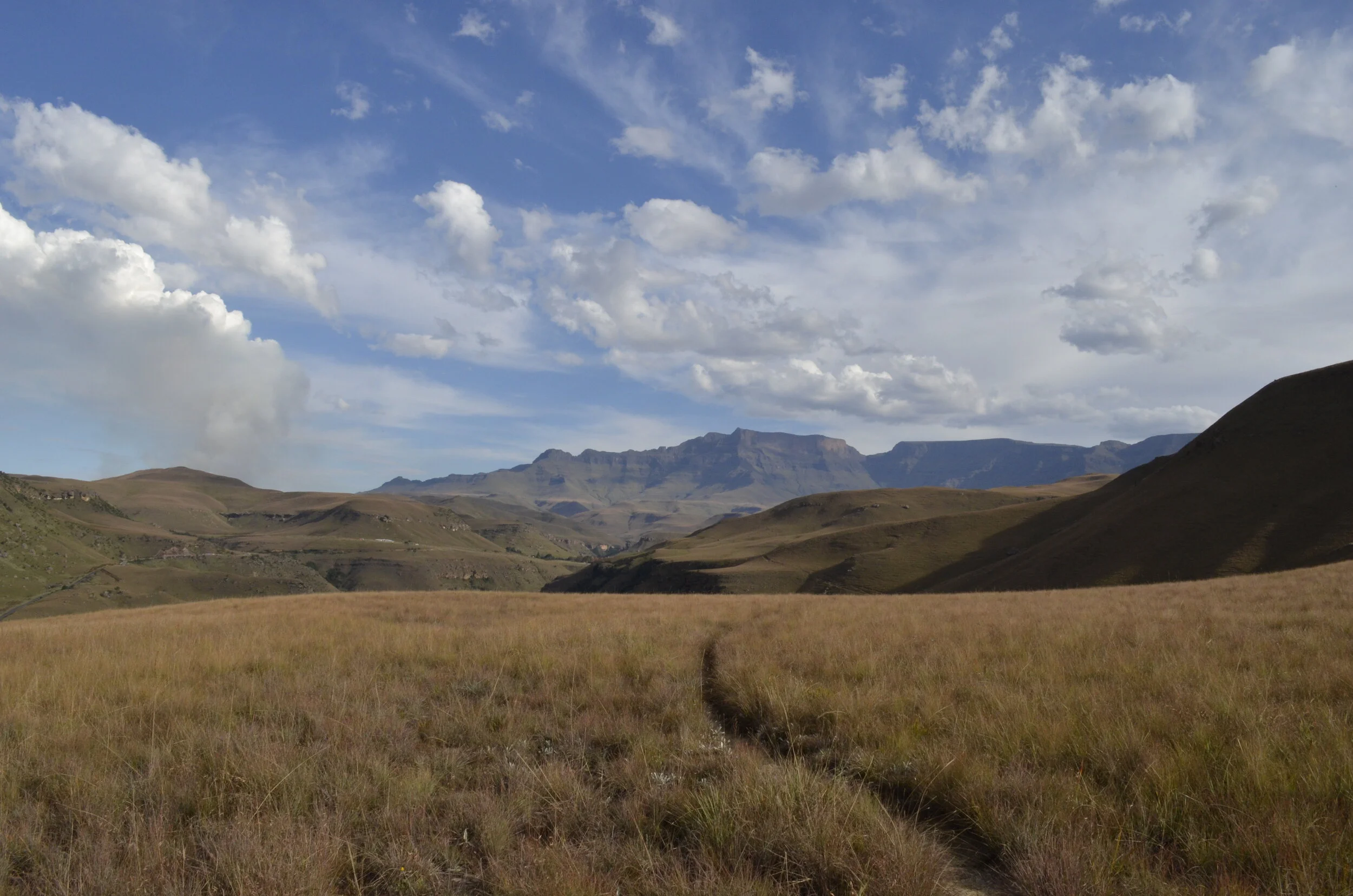Preparing for safari blog route map. You are here:
Mindset and research – how to think about packing and do your homework
Luggage – picking the right container
Personal bag – ready for anything
How to pack – the ABCs
Clothing – dress for success
Safari kit – what do you really need?
What not to bring
Preparing with purpose – thinking about your impact
Mindset and research - how to think about packing and do your homework
Selecting luggage may seem easy (I’ll use what I already have) or it may feel daunting (too many options). Ultimately the choice will be informed by a few key factors. First and foremost, understand your needs. Be honest with yourself. What are you going to do and what must your luggage do for you? Answer these questions to help define your requirements:
What kind of environment will you be in? The iMfolozi game park of KwaZulu-Natal can be sweltering and humid while snow falls in the mountains of eastern Lesotho, even though the two are only 175 miles apart. The Great Namib Desert will be bone dry, but the Okavango Delta is a vast expanse of water and islands. Maasai Mara will be blazing sun while the Aberdares will be cool and misty. The kind of environment you’ll be in will shape your needs.
What will the local conditions be like when you’re there? The same place can change dramatically at different times of year. Find out what it will be like during your visit. Rainy season or dry? Windy and dusty? Hot days with cold nights? Regular afternoon thunderstorms? Muggy? Lots of mud?
What activities will you be doing? If you’re booked in a lodge your needs will be different than if you are driving a 4x4 across the Richtersveldt. Are you going to stay in remote bush camps in game parks? Do you need to bring your own camping equipment? Are you going on a package tour or are you planning out your entire journey yourself? Generally, the less rigorous your trip will be the more basic your luggage needs will be. The more adventurous your trip, the greater the need for specialized luggage.
Are you bringing equipment that needs particular care? For example, a high-end camera setup or medical devices. You may want luggage that provides a higher level of protection from the environment and from impacts.
Do you have weight constraints? Some safari operators limit how much weight and volume you can bring on small bush planes. Commercial airlines have weight restrictions on luggage and some also set weight limits for carry-on bags.
What is your budget? As you’ll read below, there are low-cost ways to upgrade the luggage you may already own, leaving you more money to spend on other parts of the trip.
How much walking with your luggage do you intend to do? If you are taking a full-service trip, you probably won’t be carrying your luggage much. If you are taking public transit or anticipate needing to hike a fair bit with all your stuff, then ease of transport is a priority.
Understanding your needs not only helps you choose the best kind of luggage, it helps you prepare for all aspects of your trip.
Functionality is important, no matter what you’re transporting. Photo by Nick Bratton.
Volume
How big should your suitcase be? There are two basic principles to volume that you probably already understand: (1) less is more and (2) if you have the space you will fill it. It’s difficult to resist the temptation to pack for every imaginable situation, whether it’s climbing Mt. Kenya or going out for dinner in a nice restaurant. Here’s where the previous exercise about understanding your needs helps. A reliable guideline for most people in most situations is the following volumes. For luggage, 3,000 cubic inches (50 liters) is more than enough for a two-week trip. For a personal bag, 1,800 cubic inches (or 30 liters) is plenty. There are exceptions, of course. If you’re bringing camping gear, specialized sports equipment, bulky camera gear, or if you trip spans vastly different environments then you’ll need more volume. But do your best to keep it to a minimum.
Here’s an illustration. On my upcoming 14-day trip to Botswana I am bringing a 2,500 cubic inch (40 liter) duffel and a 30-liter backpack. I’ll be staying in lodges and bush camps, doing lots of walking, and taking a DSLR camera with multiple lenses. On my last trip to South Africa I took a colossal 6,700 cubic inch (110-liter) dry bag because my trip included camping in the bush, taking an overland 4x4 safari, snorkeling in the ocean, hiking, ascending to 10,000 feet elevation, canyoneering, whitewater kayaking, and going out to a nice restaurant. Plus the luggage also carried my wife’s gear. Different trips, different luggage. Understand your needs.
This is essentially the same vehicle Laurens van der Post drove into the Kalahari in the 1950s. A good reminder that it’s possible to go further with less stuff. And that old Land Rovers are cool. Photo by Nick Bratton.



